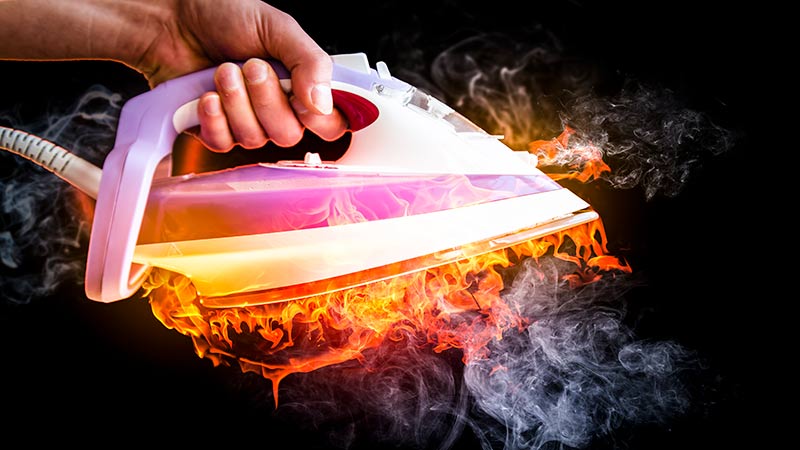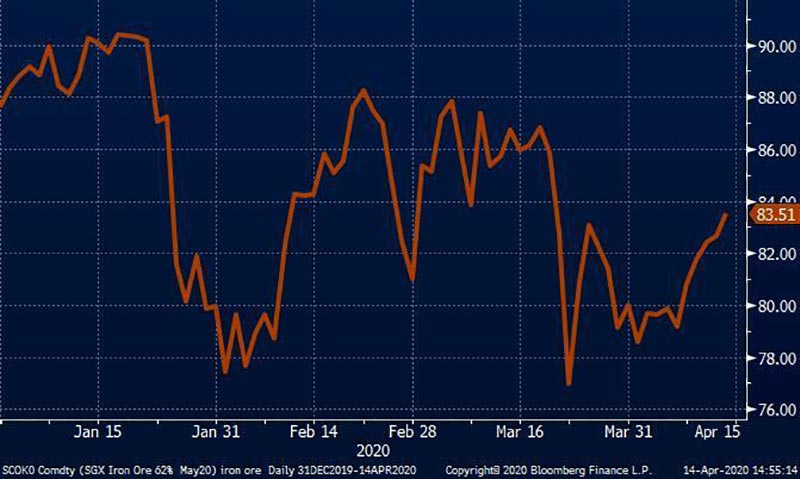The 2020 outlook for iron ore remains hot, unlike almost everything else

Pic: Getty
Iron ore prices could benefit as a cautious post-COVID-19 economic recovery begins in China, the world’s biggest consumer of the steel-making ingredient.
China consumes 57 per cent of the world’s iron ore production, miles ahead of #2 placed India (9 per cent).
On April 8 a lockdown was lifted in Wuhan, the Chinese city at the centre of the coronavirus outbreak.
Wood Mackenzie research associate Zhilu Wang says economic recovery “is now the Chinese government’s priority”. This includes injecting cash into local industries and infrastructure development projects.
“For example, the government has proposed to extend subsidies for purchases of electric vehicles and also increase construction of accompanying infrastructure, such as charging poles,” Wang says.
“The government has also approved the use of special bonds in funding slum redevelopment projects.”
Iron ore prices have held up surprisingly well this year regardless, but Wood Mackenzie expects these measures “to materialise as real consumption” from the second half of the year.

China is notoriously opaque when it comes to economic data, but it appears local steel demand is already emerging from its slumber.
“Transactions in the major steel market were robust [over the past week], indicating strong demand from end users,” Wang says.
“To our surprise, sales of excavators – the leading indicator of construction activity – expanded 11.6 per cent year-on-year. Steel prices strengthened on the positive signals.”
Deloitte’s David Rumbens and James Campbell-Sloan say the outlook for the world’s major commodity consumer “is perhaps one source of good news” right now.
“The People’s Bank of China has lowered interest rates and cut the reserve requirement for banks to stimulate new lending which is likely to flow into domestic infrastructure investment rather than new factories or equipment, given weak demand in export markets,” they say.
“This bodes well for iron ore prices (which have moved back to the $US80-90 range following sharp falls at the end of January) but less positive for trade exposed industrial metals.”
Prices could go higher if current supply is impacted by mine shutdowns. About 60 per cent of the world’s seaborne iron ore is produced in the Pilbara region of WA by majors like Rio Tinto (ASX:RIO) and BHP (ASX:BHP).
“Fears of reduced supplies of key commodities are growing due to measures to contain the virus at key mine operations across the globe,” Rumbens and Campbell-Sloan say.
“Several of the world’s biggest mining groups have announced delays to production and development projects because of travel and other restrictions imposed in response to the global pandemic.
“Given the sheer remoteness of the operations in the Pilbara, iron ore is one of those commodities seen to be most at risk of major disruption.”
NOW READ: Barry FitzGerald — Iron ore bucks coronavirus drag, set to remain strong for the rest of 2020
Related Topics
UNLOCK INSIGHTS
Discover the untold stories of emerging ASX stocks.
Daily news and expert analysis, it's free to subscribe.
By proceeding, you confirm you understand that we handle personal information in accordance with our Privacy Policy.








